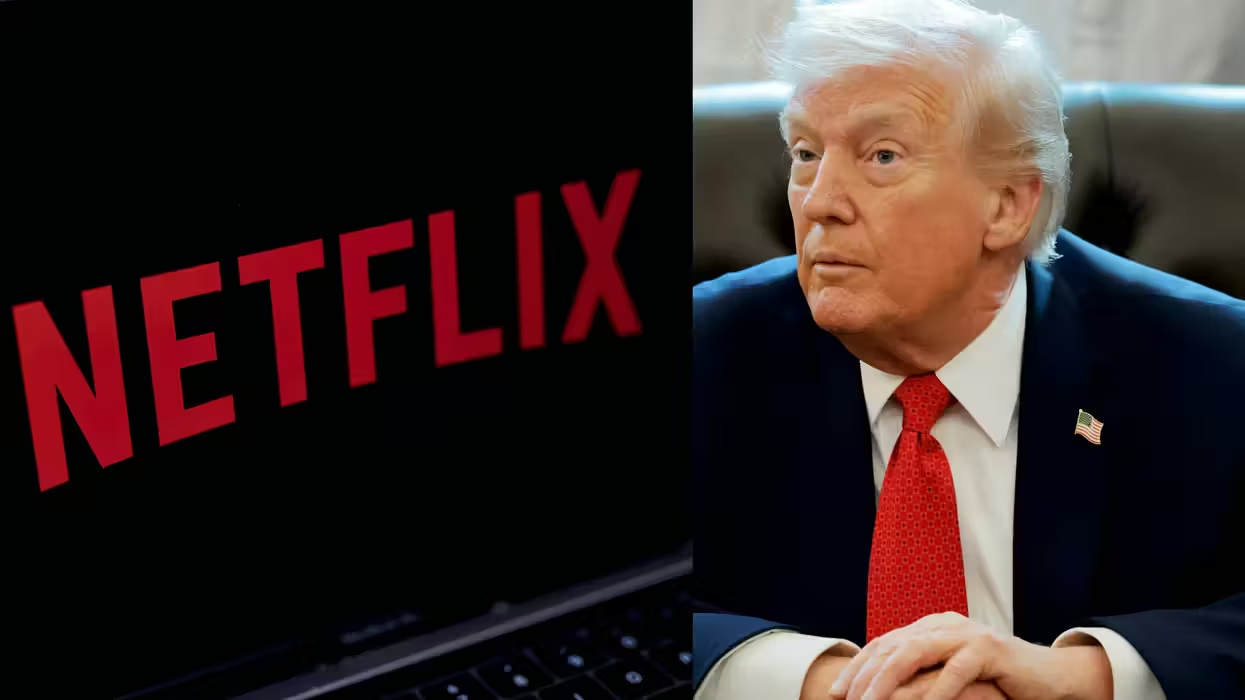© 2025 Blaze Media LLC. All rights reserved.
While talk about the debt limit negotiations has reached nearly all levels of American media, many are unclear about the actual proposals being made by each side.
Too many reports seem to focus on the politics involved without grappling with the actual assertions being put forward. The Blaze wants to give you a better idea about the plans on the table.
There are three primary options on the table -- one plan presented by Speaker of the House Republican Rep. John Boehner, one from Democratic Senate Majority Leader Sen. Harry Reid, and the bipartisan Senate proposal from the "Gang of Six."
Despite his prime time address last night, there is no official plan originating from President Barack Obama's desk.
Speaker Boehner's Plan:
- Two-stage plan to raise the debt limit by August 2 and then again early next year
- Would reduce future discretionary spending by $1.2 trillion over 10 years and grant an immediate debt increase of $1 trillion.
- Would set up a bipartisan committee of House and Senate members to work on finding $1.8 trillion in further deficit reduction over 10 years, either through more spending cuts or tax increases-- from tax code reform, Medicare and other benefit programs, or anywhere else in the budget. The committee would have until November 23 to come up with its recommendations. Congress would have to hold an up-or-down vote by December 23.
- If Congress approves the additional savings, President Obama would be allowed to ask for a further debt-limit increase of $1.6 trillion, enough to cover the nation's borrowing needs through the November 2012 elections. Congress could vote to disapprove the request, but Obama could veto that disapproval.
- Automatic cuts would also kick in if lawmakers spend more than envisioned in coming years.
- Would require both the House and Senate to hold votes on a balanced budget amendment to the Constitution.
- Discretionary spending would come in at $1.043 trillion for the fiscal year that starts on October 1 -- a $6 billion cut from this year's levels, but $24 billion above the level envisioned by House Republicans' earlier budget plan.
Sen. Reid's plan from Senate Democrats:
- Would pair $2.7 trillion in cuts with a debt-ceiling increase of the same size, large enough to last through the November 2012 elections.
- Would not raise taxes or change major benefit programs like Social Security and Medicare, but spells out specific cuts for military and security programs. Would count $400 billion in savings from reduced interest payments, and an anticipated $1 trillion reduction in war spending would count as savings as well.
- Would cut $100 billion to benefit programs and other spending that normally lie beyond the reach of the annual budget cycle, including cuts to tax enforcement and healthcare fraud reduction programs, Fannie Mae and Freddie Mac and funds from reduced crop subsidies.
- Like Boehner, would set up a joint committee to find additional savings. The committee's findings would get an up-or-down vote in Congress by the end of the year.
- Would cut $1.2 trillion from discretionary programs over 10 years. Some democrats had been pushing for a lower figure, around $900 billion.
- Estimates a discretionary level of $1.045 trillion for the coming fiscal year, only $2 billion more than the Boehner plan.
Gang of Six Plan from Democratic Whip Dick Durbin and Democratic Sens. Mark Warner and Kent Conrad, and Republican Sens. Saxby Chambliss, Tom Coburn, and Mike Crapo.
- Would cut the deficit by $3.7 trillion over 10 years through a mix of spending cuts and tax increases.
- Would raise nearly $1 trillion in revenues over the next decade.
- Would rein in discretionary and entitlement spending through cuts in military spending and by "ending a variety of tax breaks."
Although they have not formulated their own plan, the Washington Times reported today that Rep. Jim Jordan and other conservative House Republicans, many allied to the tea party movement, said they would prefer the Senate vote on the debt increase the House passed last week. That plan includes deeper spending cuts and requires both chambers to approve a balanced budget amendment and submit it to the states for ratification before any debt increase happens.
Want to leave a tip?
We answer to you. Help keep our content free of advertisers and big tech censorship by leaving a tip today.
Want to join the conversation?
Already a subscriber?
more stories
Sign up for the Blaze newsletter
By signing up, you agree to our Privacy Policy and Terms of Use, and agree to receive content that may sometimes include advertisements. You may opt out at any time.
Related Content
© 2025 Blaze Media LLC. All rights reserved.
Get the stories that matter most delivered directly to your inbox.
By signing up, you agree to our Privacy Policy and Terms of Use, and agree to receive content that may sometimes include advertisements. You may opt out at any time.







